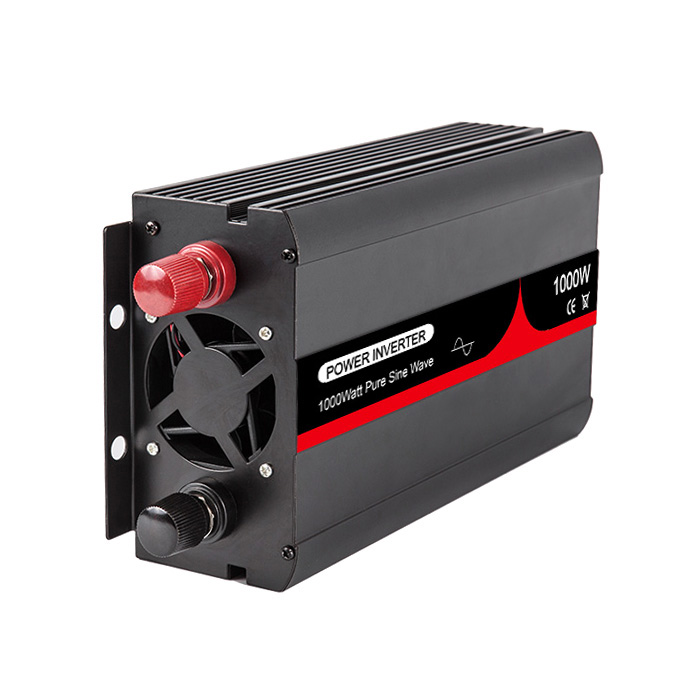There are many classification methods for inverters, which can be divided into three categories according to the nature of the output wave: sine wave inverter, square wave inverter and trapezoidal wave inverter. The output of the pure sine wave inverter is sine wave alternating current, and the output of the square wave inverter is the square wave alternating current of poor quality.
Inverters are usually divided into voltage input type and current input type. Different from the DC chopper, the width of the modulating pulse is related to the sine wave, so the output current or voltage is close to the sine wave. Because a large number of inductive components are required to simulate a current source, current-supply inverters are rarely used for electric vehicle driving. Voltage input type inverter circuit structure is simple and can carry out two-way energy conversion, so almost all electric vehicles use this kind of inverter. A typical three-phase full-bridge voltage input inverter is shown on the right.
According to different needs, its output waveform can be square wave or pulse width modulation waveform. The pulse width modulation scheme can be divided into sinusoidal PWM, current hysteresis PWM, voltage space SVPWM and so on. The inverter can use PWM technology to output pulse width withered waveforms to induction motors and permanent magnet synchronous motors. A suitable solution can effectively suppress harmonics, make better use of DC voltage, and reduce DC voltage fluctuations.
